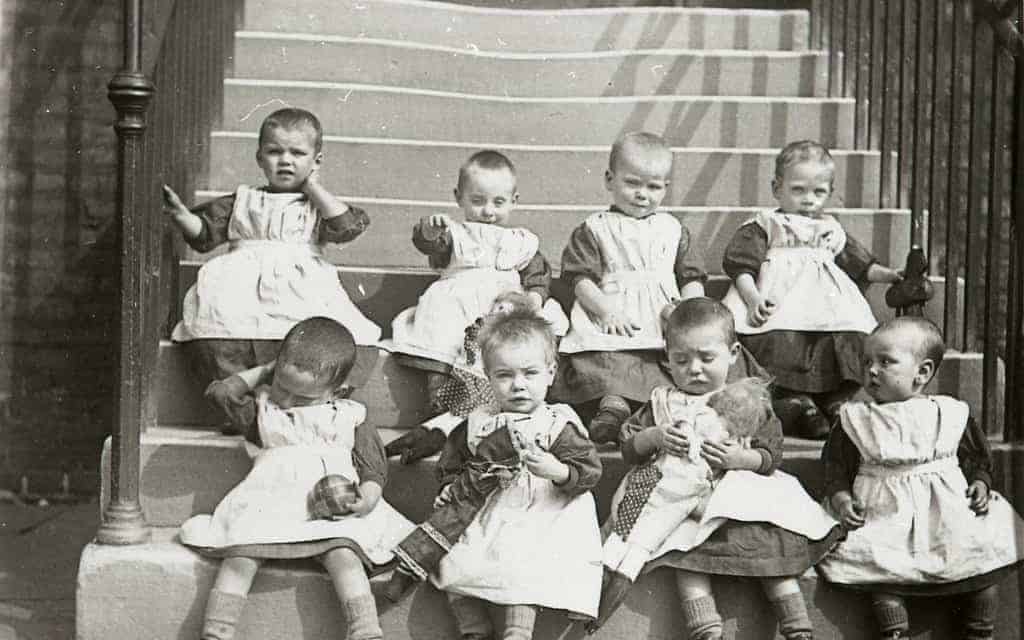The Bon Secours Mother and Baby Home was established in Tuam, Ireland to help young, unmarried women and their children. It was supposed to be a place where women and children could be safe. It was supposed to be a place where they could start to rebuild their lives. Instead, it was a place where many of those lives ended. The Home was run more like a prison than a place of safety. And children were often separated from their mothers and given up for adoption without the mother’s knowledge. But the ground beneath the home held even darker secrets.
In 1975, two 12-year-old boys playing on the grounds where the Bon Secours Home once stood made a shocking discovery. After lifting up a concrete slab, they found a dark hole that seemed to lead to an underground chamber. Inside, they found a child’s skeleton. Then they found another. In fact, the chamber was full of them. The two then told their family, who consulted the local priest. The priest decided it would be best to say a short prayer over the bodies, and then rebury them. For the next 40 years, the burial site was almost completely forgotten.

In 2012, a local historian was researching the history of the Bon Secours home. In her research, she discovered that almost 800 children had died at the home. But when she looked for their names in the local grave records, she found that only two had received a proper burial. Where had the rest of the bodies gone? It was then that she remembered the bones found on the site in 1975. Based on the historical records, the historian realized that the burial site had once been a septic tank. The missing bodies had been buried inside.
And as researchers began to look more closely at what life at Bon Secours was really like, they found out why so many children had died there. The building itself that the Home operated in was originally a workhouse. A workhouse was a place where the poor and homeless worked long hours in often dangerous conditions in exchange for a place to sleep and a bit of food. And like many workhouses, the one at Tuam was designed to be an unpleasant place. This was supposed to keep people who could find work outside the workhouses from coming there. And it would be difficult in a lot of ways to tell the difference between the workhouse at Tuam and a prison.

Those bleak conditions carried over into the building’s new life after the workhouse closed. In 1925, a group of nuns called the Bon Secours Sisters took over the building. In Ireland at the time, being an unwed mother was seen as extremely shameful. Girls who became pregnant outside of marriage were often kicked out of their homes. And the law made it difficult for an unwed mother to get any support from the child’s father. The Bon Secours home was designed to be a place where these women could give birth safely. But in reality, the home was anything but safe.

